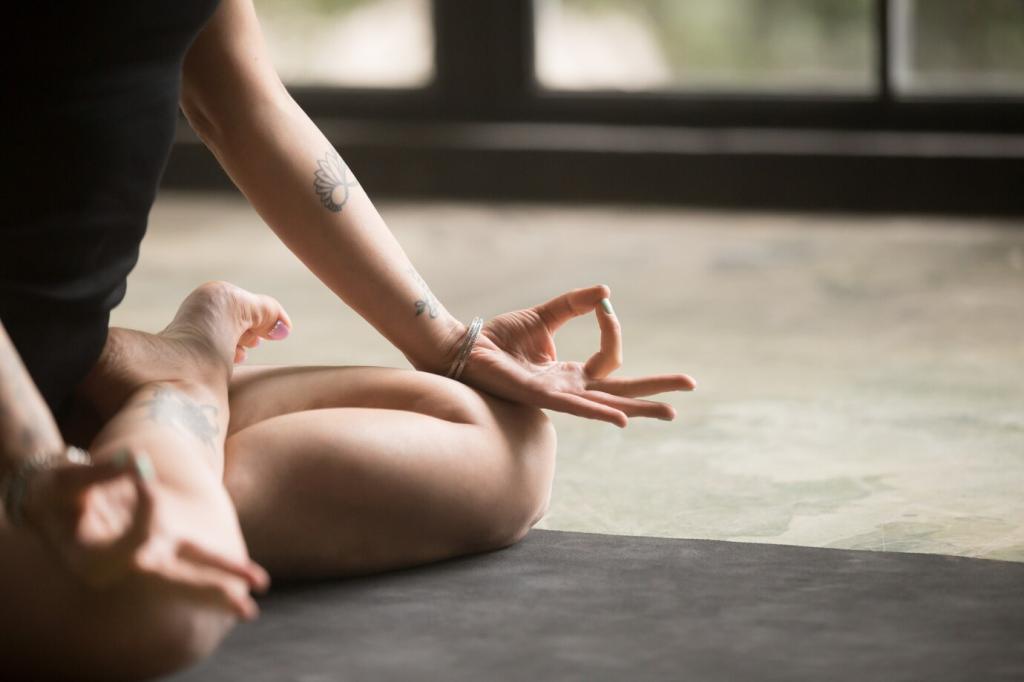Creating a Personalized Meditation Routine for Everyday Calm
Discover how to design a meditation routine tailored specifically to your needs, lifestyle, and goals. A personalized routine goes beyond generic practices, allowing you to cultivate inner peace and resilience that aligns with your daily experiences. Whether you’re new to meditation or seeking to deepen your existing practice, this guide will help you establish a framework for sustained calm and clarity. Dive into the process of self-discovery, routine-building, and long-term growth on your journey toward everyday tranquility.
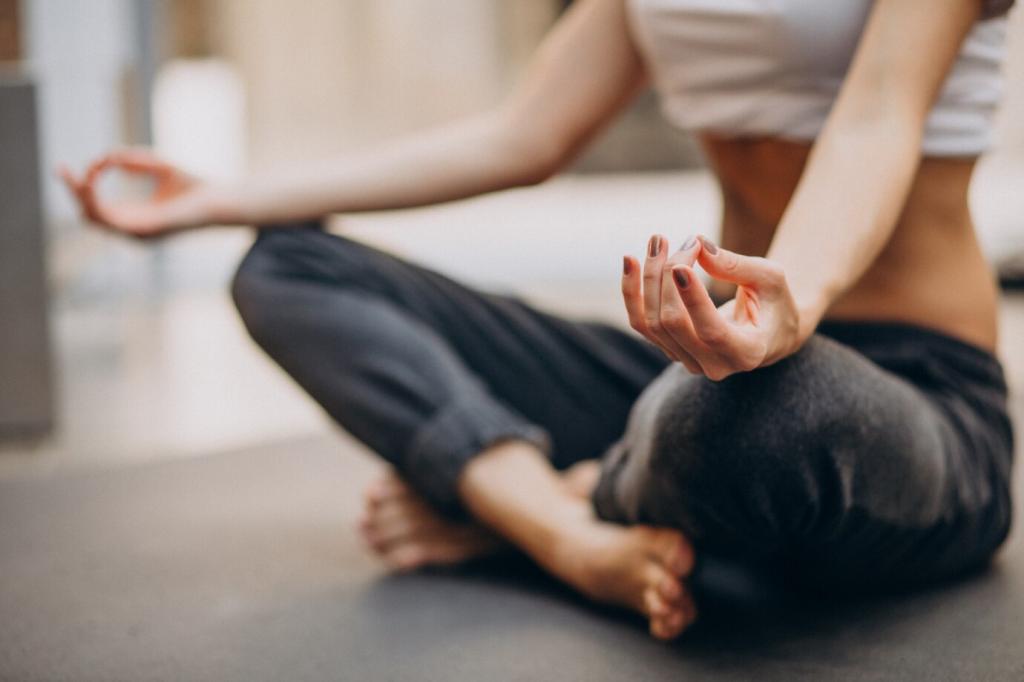
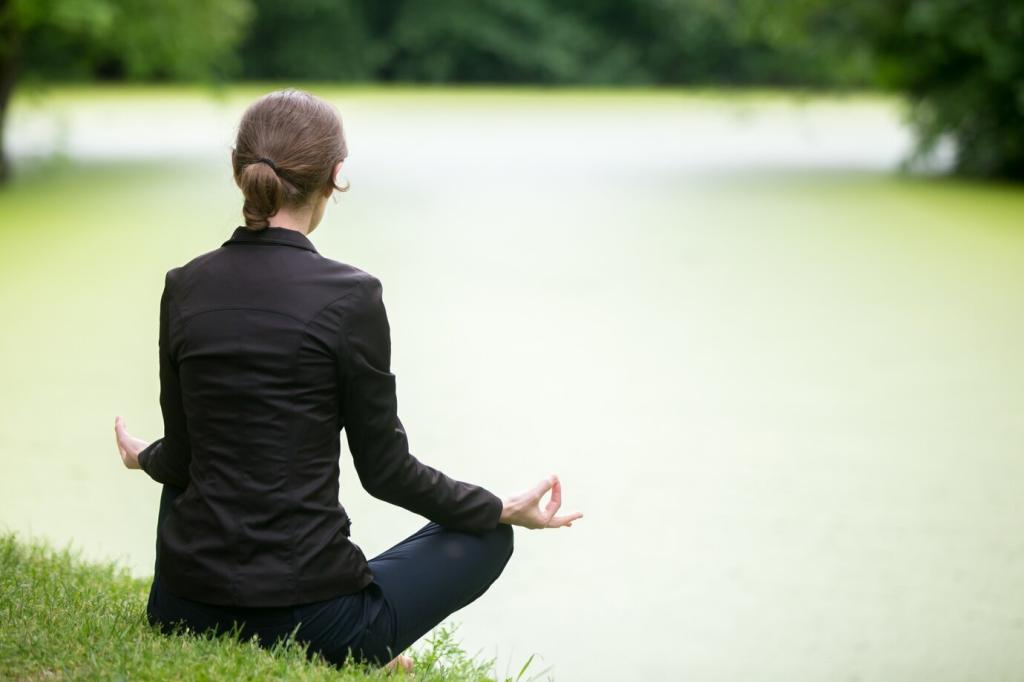
Exploring the sources of stress in your life is the first step in crafting a routine that truly supports you. Consider the moments of your day when you feel most overwhelmed—these can serve as valuable cues for integrating mindful pauses or specific meditation techniques. It could be the rush of early mornings, the pressure of work deadlines, or the fatigue that descends each evening. Instead of treating meditation as another obligation, use this understanding to anchor practices where and when you need them most. By analyzing your unique stressors, you can ensure your meditation routine addresses the real-world pressures you face, creating a more meaningful and consistent experience.

Understanding what you want to achieve with meditation clarifies the approach you should take. Are you seeking emotional calm, better focus, improved self-awareness, or relief from anxiety? Maybe you aspire to cultivate gratitude or enhance your resilience to everyday challenges. Setting clear intentions helps narrow down techniques—from breathwork to visualization or loving-kindness meditation—giving your practice direction and purpose. When your goals are explicit, you’ll find more motivation and satisfaction in maintaining a regular meditation habit because you can track real progress and notice tangible improvements in your mindset.
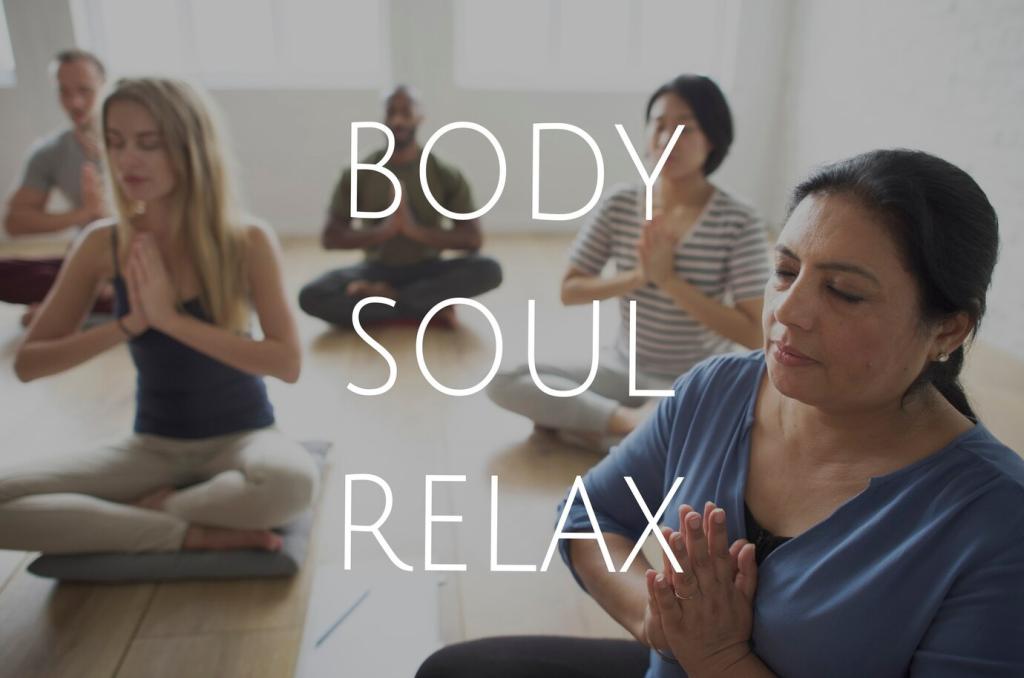
Everyone has different routines and energy cycles throughout the day. Some people thrive with a morning practice, setting a calm tone from the start, while others prefer nighttime meditation to unwind before sleep. Carefully observing when you feel most receptive or have free moments can lead to more sustainable meditative habits. Forcing practice at inconvenient times can create resistance and frustration. Instead, look for opportunities in your schedule where you can be consistent without feeling rushed or distracted. This tailored approach increases the likelihood that meditation will become an integrated, enjoyable part of your day.
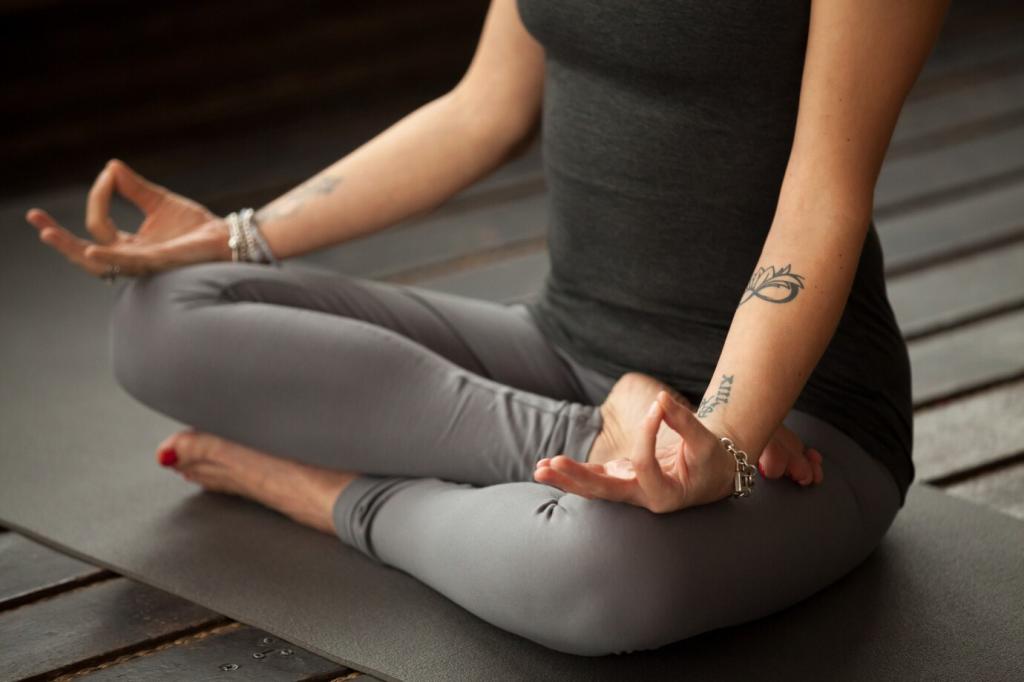
Choosing the Right Meditation Techniques
Mindfulness puts you in touch with the present moment through gentle, open awareness. This technique can be practiced anywhere and is especially powerful for calming racing thoughts or easing tense emotions throughout busy days. By focusing on your breath, bodily sensations, or passing thoughts without judgment, you cultivate a steadier mind and a greater sense of equanimity. Mindfulness is ideal for those seeking immediate grounding amidst daily stress, and its flexibility makes it easy to weave into short breaks or longer, seated sessions. Consistent mindfulness practice enhances clarity and emotional balance, providing a reliable anchor whenever challenges arise.
Structuring Your Daily Routine for Success
Setting Realistic Expectations
It’s common to start out motivated, only to become discouraged by missed sessions or slow progress. The key to a lasting routine is setting realistic, compassionate expectations for yourself. Begin with short, manageable periods of practice—just a few minutes daily can make a difference. Recognize that your routine may fluctuate with life’s demands, and allow yourself flexibility without guilt. By prioritizing consistency over duration, you’ll gradually build a rewarding habit. Giving yourself permission to start small and adapt as you go creates an environment where meditation feels approachable and sustainable, rather than burdensome.
Establishing Rituals and Cues
Rituals give your meditation practice structure and meaning, helping it become a cherished part of your day. Whether it’s lighting a candle, settling into a favorite chair, or starting with a gentle stretch, these simple cues signal your mind that it’s time to shift into a meditative state. Establishing a regular time and setting for your practice also reinforces habit formation. Over time, these rituals create a sense of anticipation and comfort, making it easier to return to your mat or meditation spot each day. The repetition of these cues trains your mind to associate them with calm, enhancing your overall experience.
Reflecting and Adjusting Regularly
As you continue your meditation journey, it’s essential to periodically reflect on what’s working and what might need adjustment. Your needs and circumstances will evolve, and your routine should too. Check in with yourself about your goals, how your chosen techniques feel, and whether you’re experiencing the benefits you seek. If something isn’t resonating, don’t hesitate to experiment with new practices or modify your schedule. Treat meditation as a living, responsive process rather than a rigid task. Regular reflection keeps your practice fresh, motivating, and deeply aligned with your current life.
